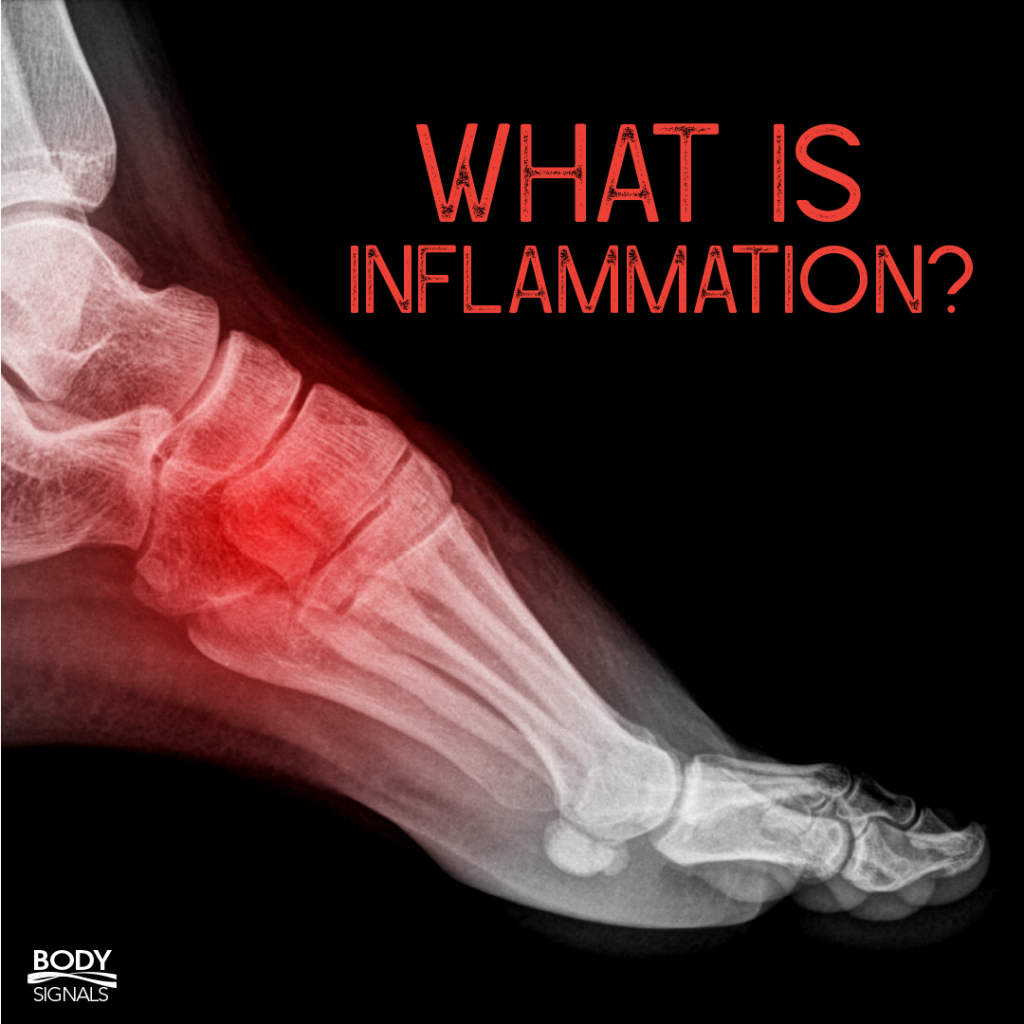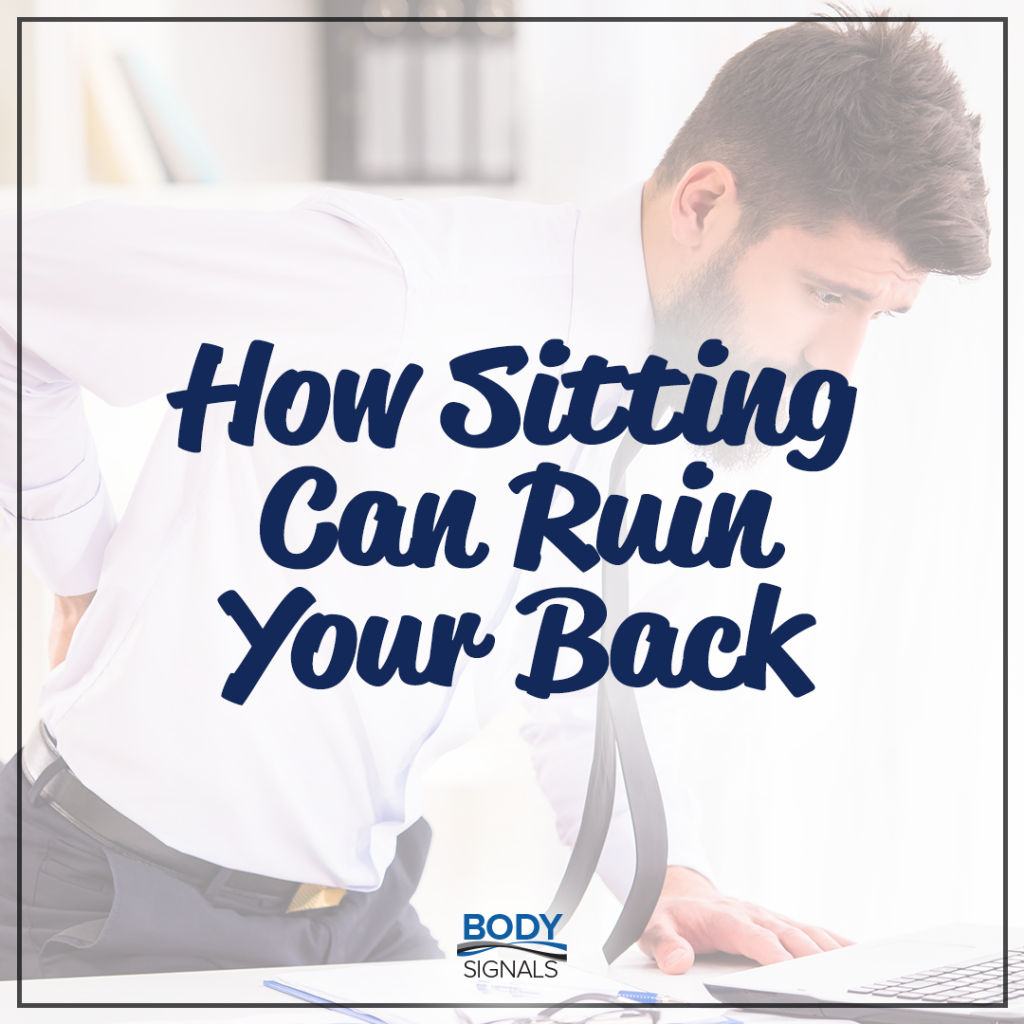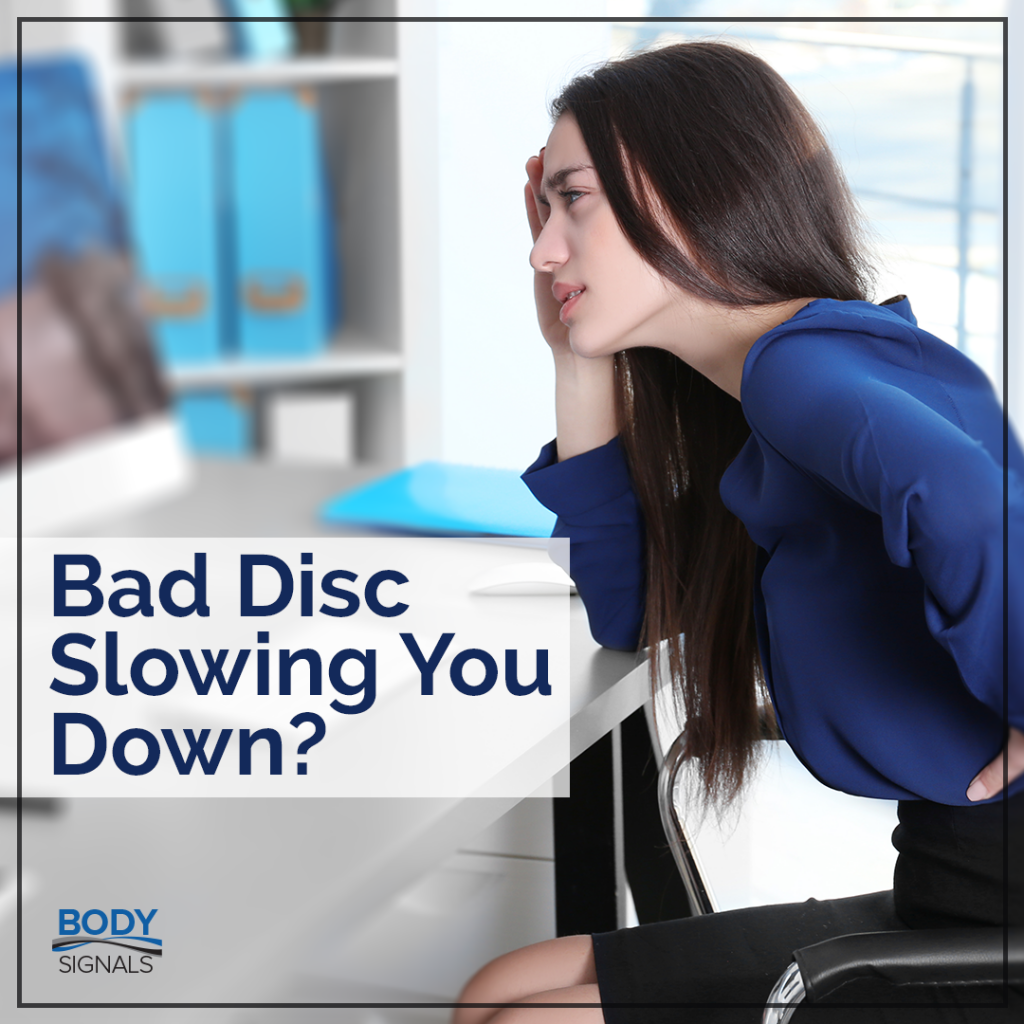
Researchers have identified inflammation as one of the most beneficial and harmful processes in your body. How is that possible? Well, acute inflammation is your body’s natural repair and healing response to an accident or injury. Chronic inflammation is a different matter. Many major diseases, including coronary artery disease, diabetes, and cancer have a common cause: chronic inflammation.
All the systems in your body are balanced and regulated by your hormones and nervous system. This balance, or intelligent design, can activate your immune system to fight a cold or heal after a fall. However, if lymphocytes keep producing antibodies, this process can become very destructive. The key to good health and reducing chronic inflammation is to make daily lifestyle choices that don’t result in a constant state of stress, which is known to be a trigger for chronic inflammation.
- Acute inflammation is your body’s natural healing response, while chronic inflammation is a destructive process linked to many chronic diseases
- Lymphocytes are white blood cells that are responsible for your immune system
- Making healthy decisions each day around your stress level can help your nervous system maintain a balance that reduces chronic inflammation
The decisions you make now will determine your health later. Your body is designed to manage stress effectively; chronic inflammation only begins as a last resort. We want you to enjoy a healthy lifestyle and a high quality of life for years to come. If you have questions about how you can reduce the stress in your life, please ask! I’m here to be your partner in health.
208-670-2206. scottserrdc@gmail.com
Science Source:
Inflammation: A unifying theory of disease. Harvard Health. 2006.








